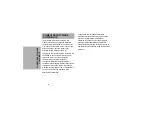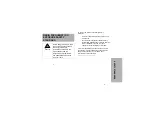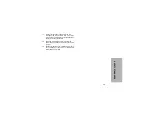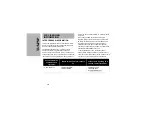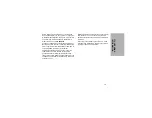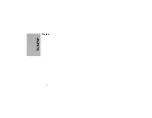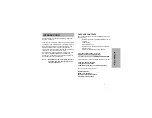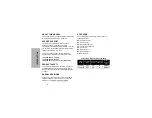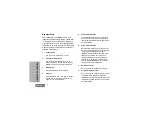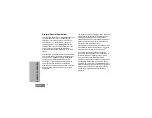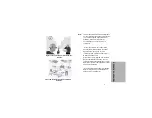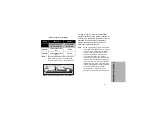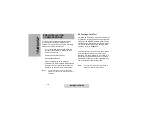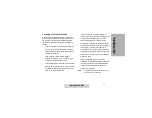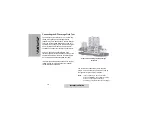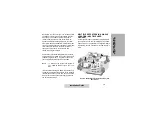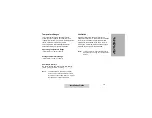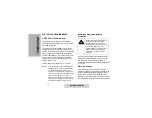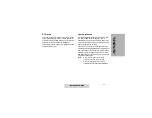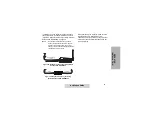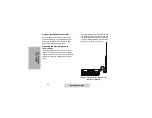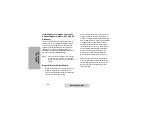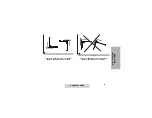
English
8
RE
PEATER OVERVIEW
How the Repeater Works
The repeater allows 2-way radios, base stations
or call boxes to communicate through the
repeater in order to extend the coverage range
and/or overcome dead communication spots.
In the Figure 3a, the repeater will get the signal “X”
that Paul transmits from his radio and will convert
it into a “Y” frequency that will re-transmit to Tom.
In Figure 3b, when Tom answers back to Paul, his
radio will also use the “X” frequency to transmit.
The repeater will do the same frequency
conversion (“X” to “Y”) and will re-transmit it to
Paul using frequency “Y”.
Not only Paul and Tom will be able to
communicate using “X” and “Y” frequencies, but
so will all other 2-way, repeater capable radios that
may be in the area* working on those same
frequencies settings.
Note:
The repeater needs to re-transmit in a
different frequency from what it received in
order to avoid interferences.
The following are estimations of the repeaters’ talk
coverage range with the repeater located indoors.
Refer to Table 3 "Repeater Alkaline Frame Power
LED (Side) " on page 31 and "Figure 4. Estimated
Outdoors Coverage Range” on page 9 for more
information.
TX
in
an
“X” f
re
que
ncy
RX
in th
e “Y”
fre
quenc
y
Repeater RX the “X” frequency from Paul
and re-TX it to Tom using “Y” frequency
Paul
Tom
Figure 3a. How the Repeater Works (TX)
RX
in
an
“Y” f
re
quency
TX
in the
“X” f
re
quenc
y
Repeater RX the “X” frequency from Tom
and re-TX it to Paul using “Y” frequency
Paul
Tom
Figure 3b. How the Repeater Works (RX)

